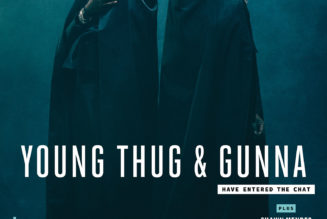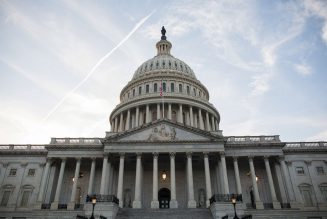
The new agreements require AEG and Live Nation to pay 10% of the artist fee for a festival if the event is canceled 30 to 60 days before the event, either for weather or pandemic-related issues, and 50% of the artist’s fee if an event is canceled less than 30 days in advance. By limiting the event’s liability in case of cancellation, these arrangements are allowing promoters to move ahead with booking shows without having to pay artists’ full costs and are likely to factor into risk evaluation as the pandemic rages on. On Aug. 8, the AEG-promoted Jazz Fest in New Orleans canceled its two weekends planned for Oct. 8-10 and Oct. 15-17 — just one day before the 60-day mark prior to the start of the event, limiting the promoter’s liability to artists.
Up until 2019, festival promoters were on the hook to pay artists 100% of an artists’ performance fee if an event was canceled due to severe weather like a storm, tornado, lighting or dangerous winds. The promoters would then be responsible for recouping those payments from their insurance provider. An increase in adverse weather over the last decade, which scientists link to climate change, led to more cancellations and higher insurance premiums well beyond the 1.5% of their total budget most festivals allocate for insurance, reaching as high as 4% to 5%.
Then the COVID-19 pandemic hit in 2020, leaving touring artists and promoters both heavily exposed. While historically, events could purchase insurance covering infectious diseases, like they can for weather, it was uncommon they would do so. Now it’s not even available. And because there’s no financial remedy, artists were unlikely to get paid in event of cancellation and would be expected to return their deposits, as the pandemic rendered them unable to fulfill their contractual obligations to perform. In effect, the new deal terms are a compromise — while artists now must share in some of the risk of adverse weather, they are also protected from pandemic-related cancellations.
As a result, artists will likely now begin carrying their own event insurance policies to cover the other 50% of their guarantee they wouldn’t receive as a result of weather-related cancellations, an agent tells Billboard. But if an artist is planning to purchase cancellation insurance for an upcoming tour, there’s one very important rule to remember, says Paul Bassman with Higginbotham, which sells policies covering events and festivals. “In order to cover losses from a major weather event or storm, the policy must be purchased before the storm is named by the National Weather Service,” Bassman says. “After the weather event is officially named, insurance protection is no longer available for purchase and the storm will be excluded from the policy. I’m finding this goes for wildfires, as fires that exist prior to binding are now being excluded.”
He continues, “Rule of thumb is that if you are going to buy cancellation insurance, bind it as early as possible to get the most coverage as the carrier cannot exclude a named storm or wildfire after the policy is in place.”











